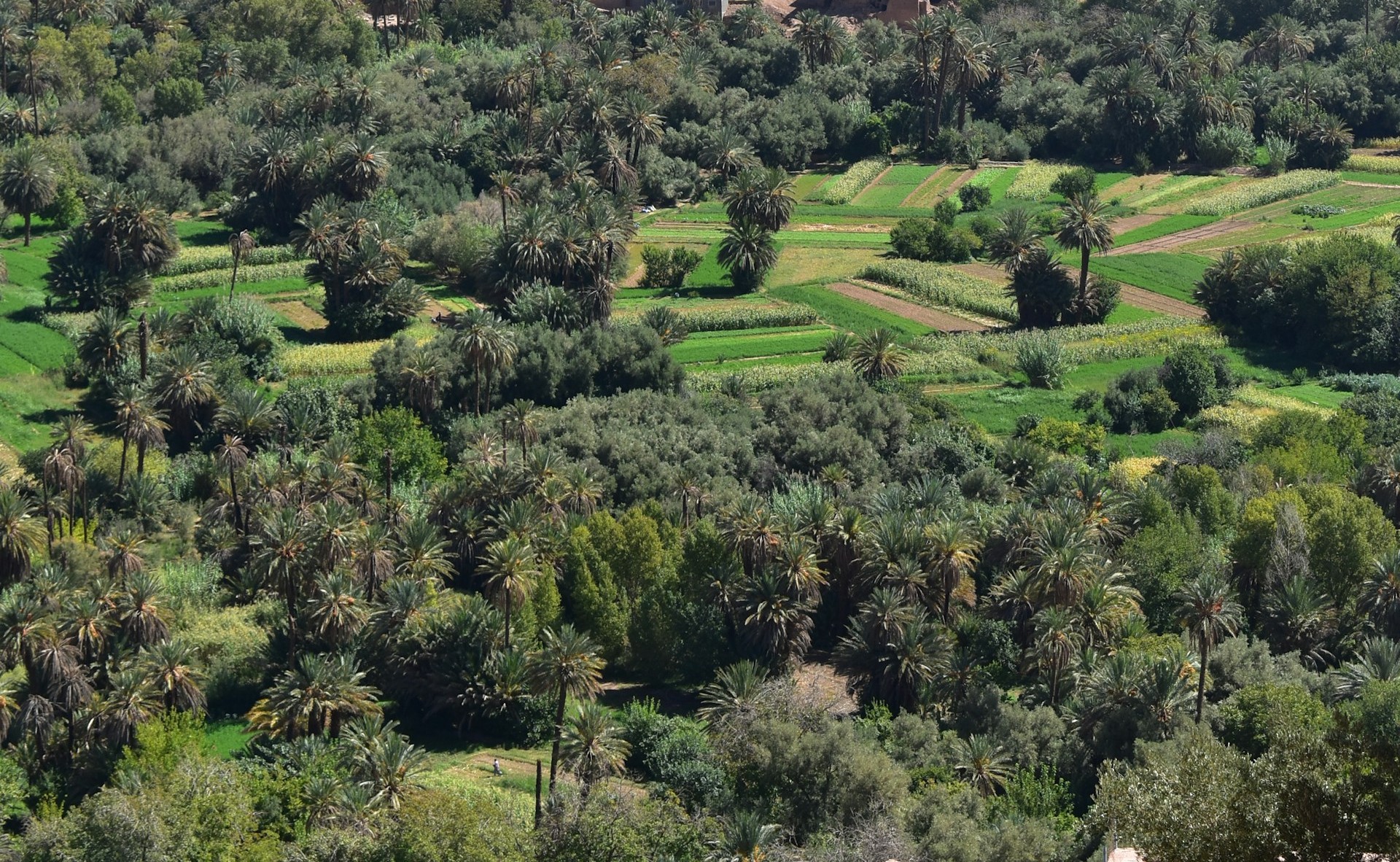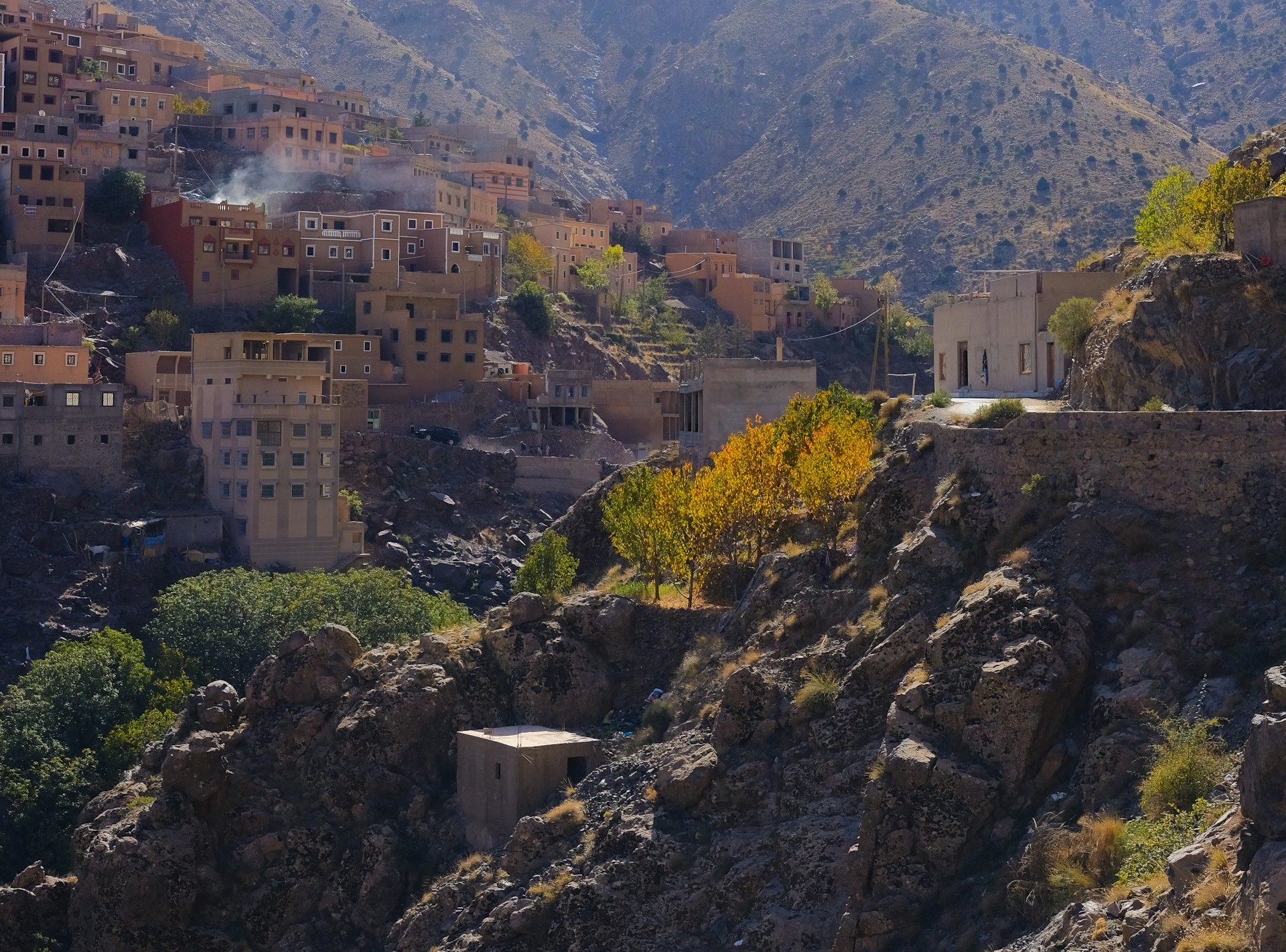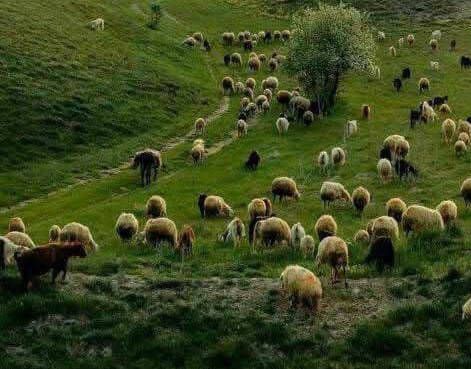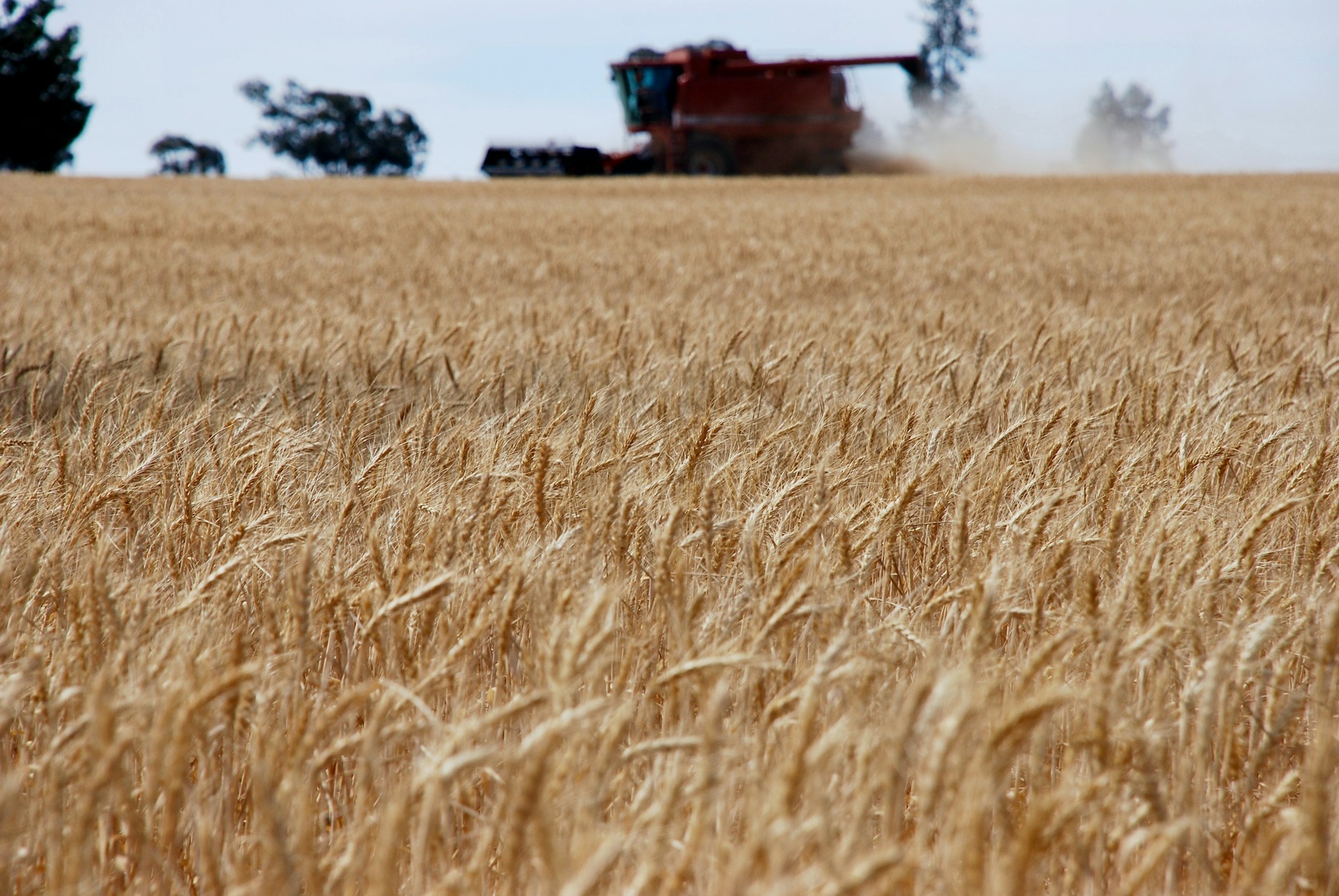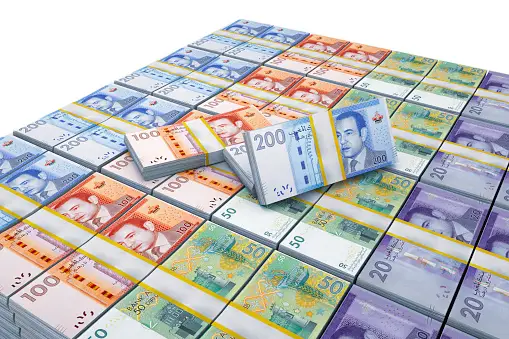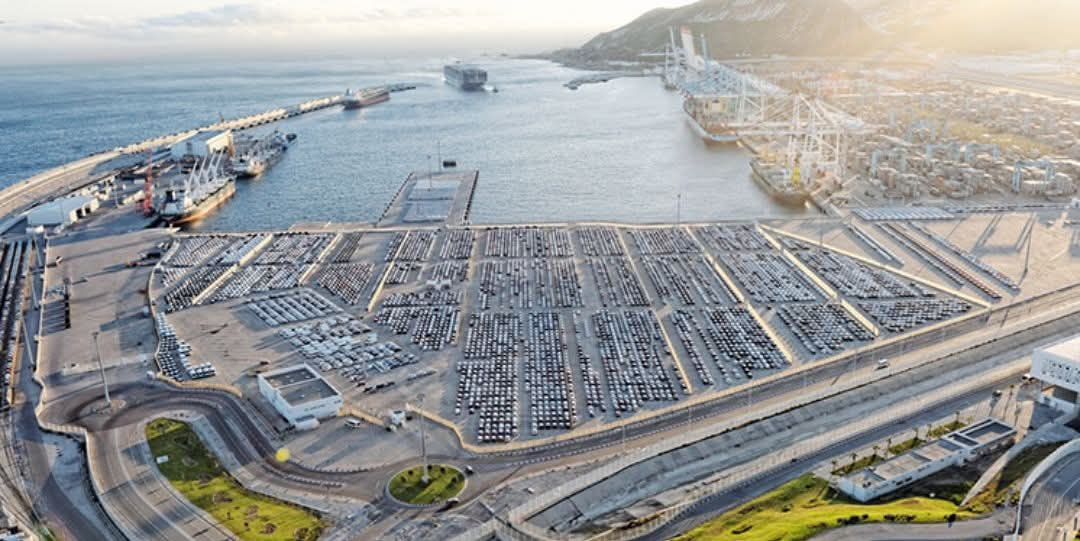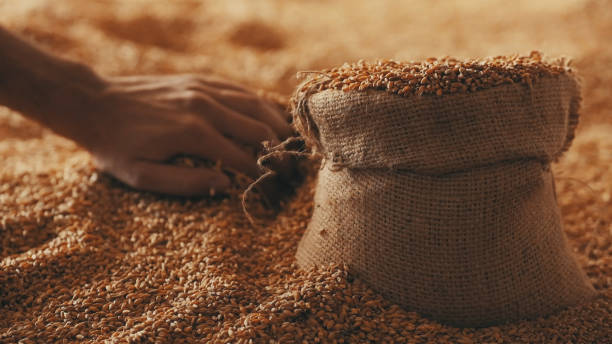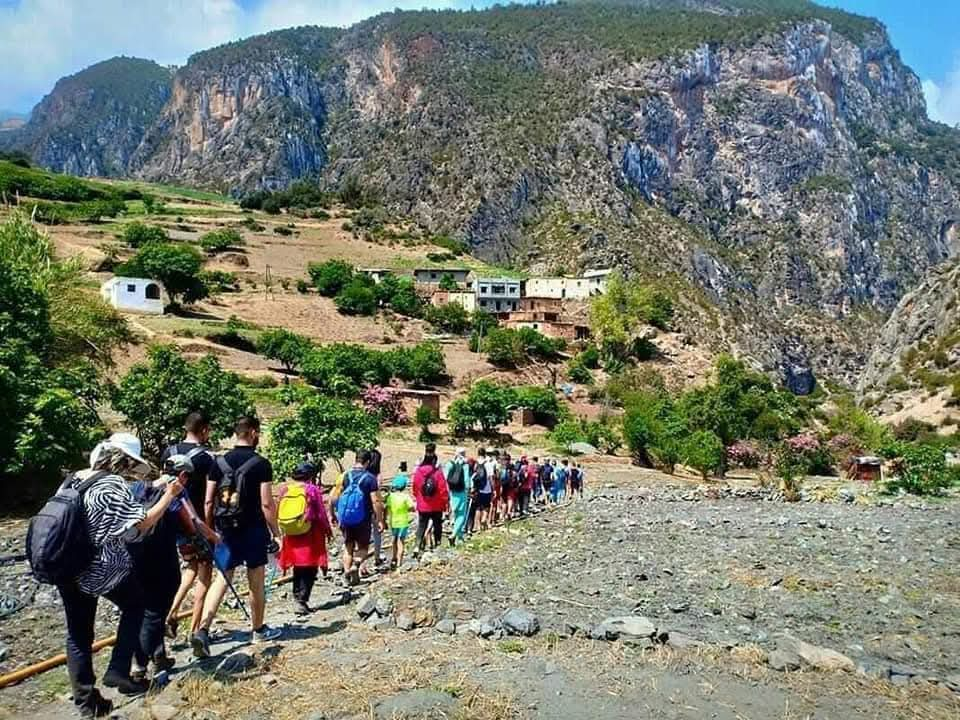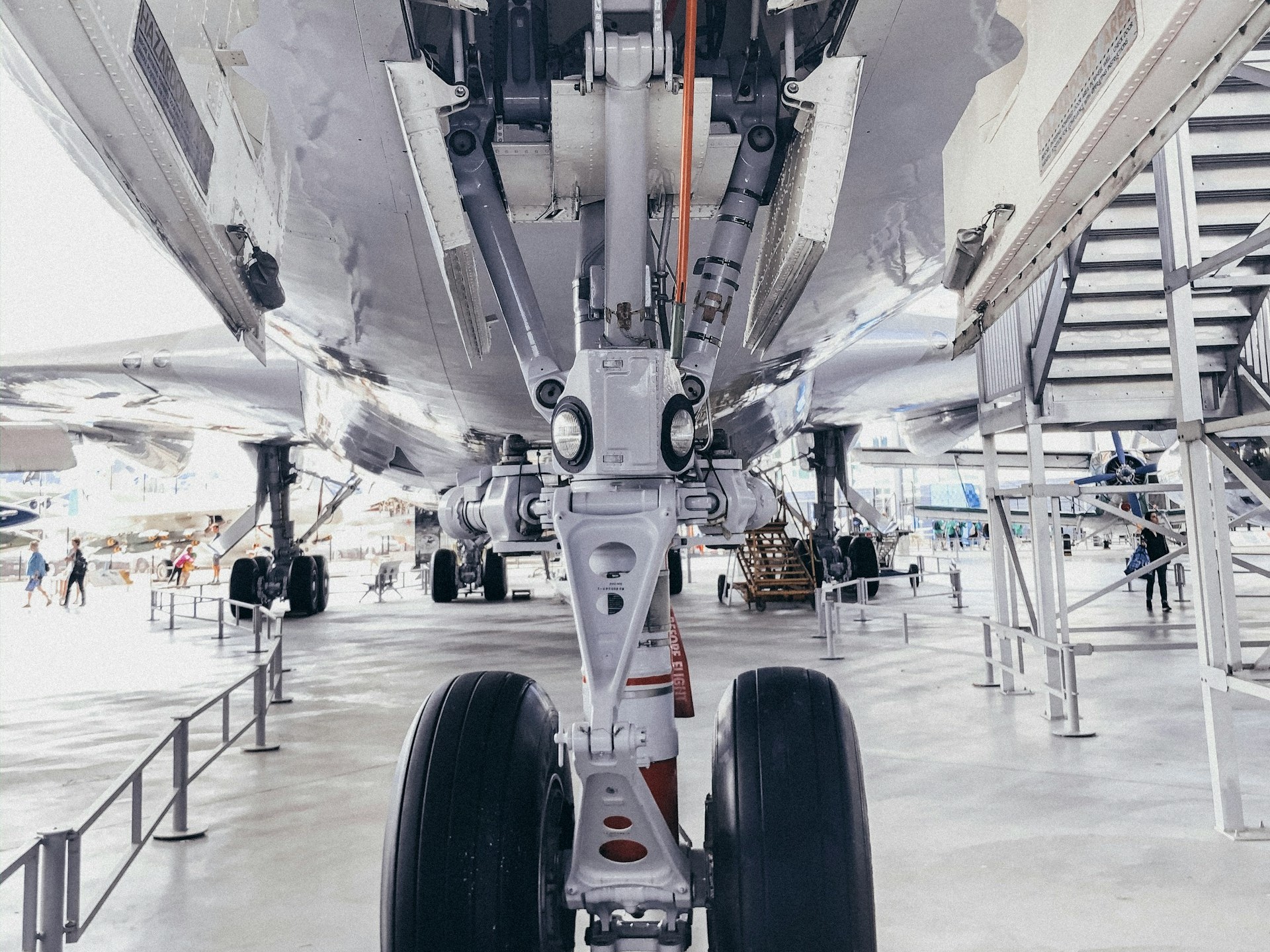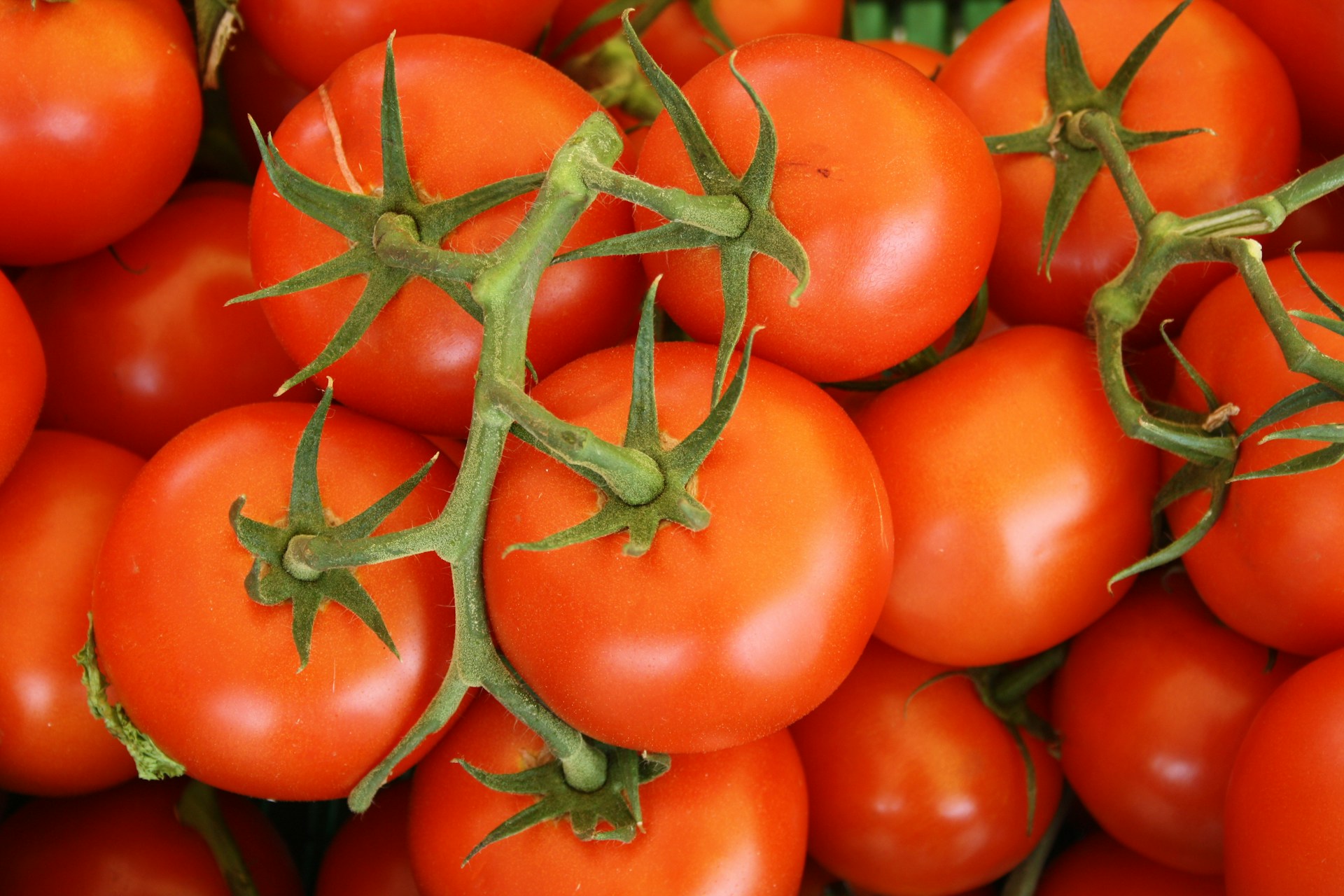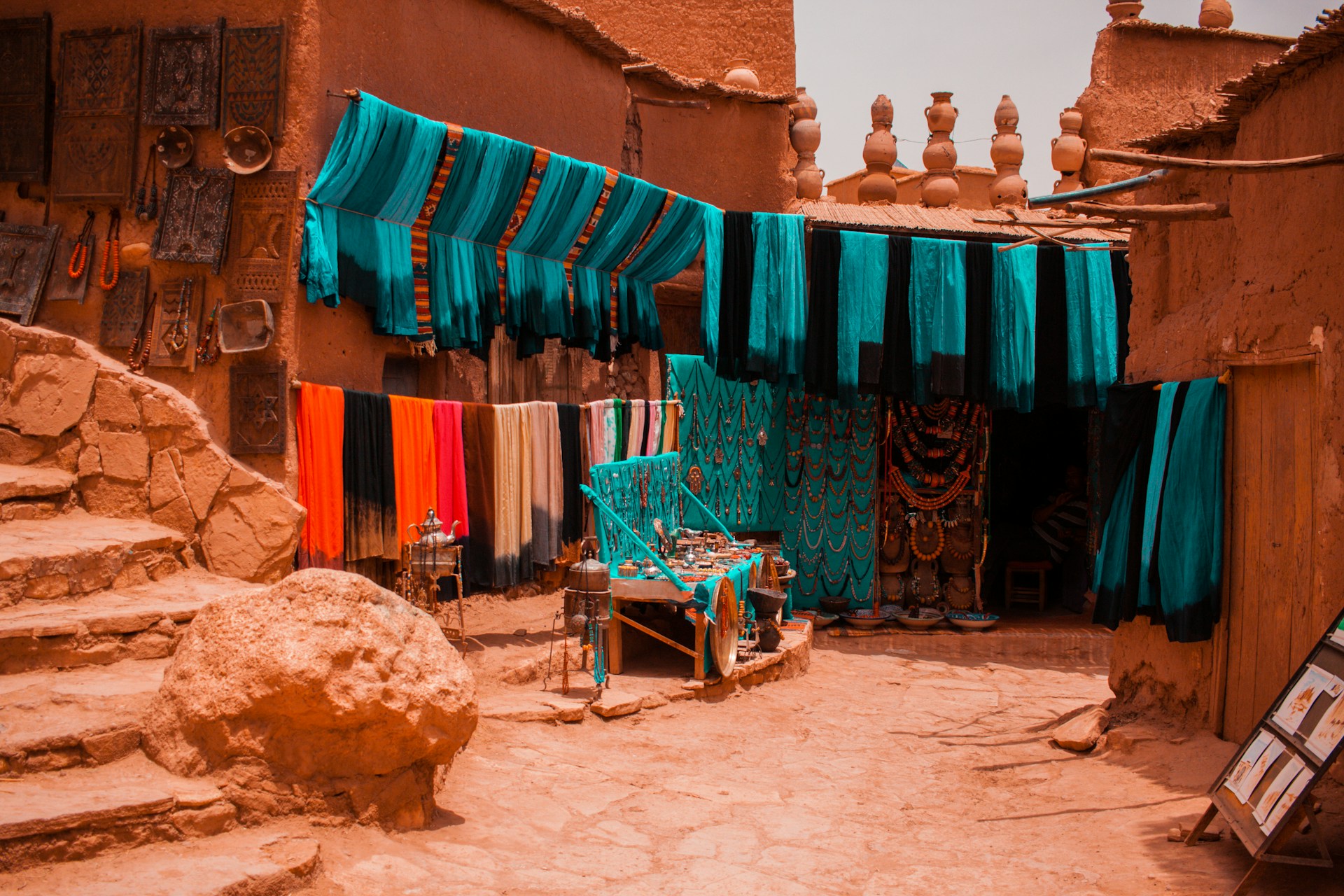Casablanca – Morocco has launched a significant campaign to reconstruct its national sheep herd after years of decline caused by prolonged drought and pressures on the livestock sector. New data from the European Commission reveals a strategic shift in Morocco’s import policies, showing a clear preference for live sheep destined for breeding purposes rather than for immediate slaughter.
In the first two months of 2025 alone, Morocco imported over 113,000 heads of European sheep intended for breeding and lamb production. These imports represent nearly 79% of all EU live sheep exports in that period, underlining Morocco’s leading role in the market segment.
This renewed focus on herd reconstruction comes in response to a reported 38% decline in the national sheep population, as disclosed by Agriculture and Fisheries Minister Ahmed El Bouari earlier this year. He noted that annual slaughter numbers dropped significantly—from 230,000 heads in a typical year to between 130,000 and 150,000 heads currently.
Strategic imports to rebalance supply
The European Commission’s latest bulletin on the meat and egg markets confirms that Morocco’s demand helped boost overall EU exports of live lambs by 16% in 2024, with strong continuation into early 2025. The majority of these sheep were sourced from Spain, which saw a 50% increase in lamb exports, reaching 7,800 tons by February.
Shift away from slaughter imports
While imports of breeding sheep have risen, Morocco has sharply reduced the number of sheep brought in for immediate slaughter. The European Commission reports that EU exports of slaughter-ready sheep fell by 14%, with Morocco’s share plummeting by 70% during the first two months of the year. This indicates a deliberate pivot in Morocco’s livestock strategy—prioritizing long-term sustainability over short-term meat supply.
To maintain meat availability during this transitional phase, Morocco has also continued importing beef. Between January and February 2025, the country brought in 5,700 tons of beef from the European Union. This volume helps offset domestic shortfalls while sheep herds are being rebuilt.
Market pressures and price increases
At the broader EU level, the meat market remains under pressure. Beef production has fallen by 3.3% year-on-year, and supply shortages have led to higher prices. As of mid-May 2025, the average price of processed adult beef in the EU reached $690 per 100 kilograms, marking a 28.26% increase compared to the same period last year.
These trends have made it more expensive for countries like Morocco to supplement domestic meat supply through imports. Nevertheless, government officials indicate that policy measures introduced in recent months have begun to stabilize domestic prices, especially for beef, compared to previous years.
A unique Eid al-Adha and public response
The impact of the herd shortage was most visible during Eid al-Adha 2025, which unfolded under exceptional circumstances. In a royal directive, the traditional slaughter of sheep was suspended to preserve the fragile remaining flock and support national reconstruction efforts. The public response was largely cooperative, with widespread adherence across urban and rural areas.
Usual scenes associated with Eid were absent. Markets typically buzzing with the sale of livestock and related supplies were subdued. Authorities reported no major violations of the ban, even in densely populated neighborhoods, reflecting a high level of public solidarity.
Outlook
Morocco’s approach to rebuilding its sheep herd reflects a calculated response to a complex set of challenges, including climatic conditions, global market shifts, and internal food security concerns. By focusing on breeding imports and gradually reducing reliance on slaughter-ready animals, the country is positioning itself for long-term recovery in the livestock sector.
Analysts suggest that, if current policies are sustained and rainfall improves in the coming years, Morocco could restore its national flock and regain stability in red meat markets. In the meantime, diversification of suppliers and continued state support remain crucial for maintaining balance in both supply and prices.
